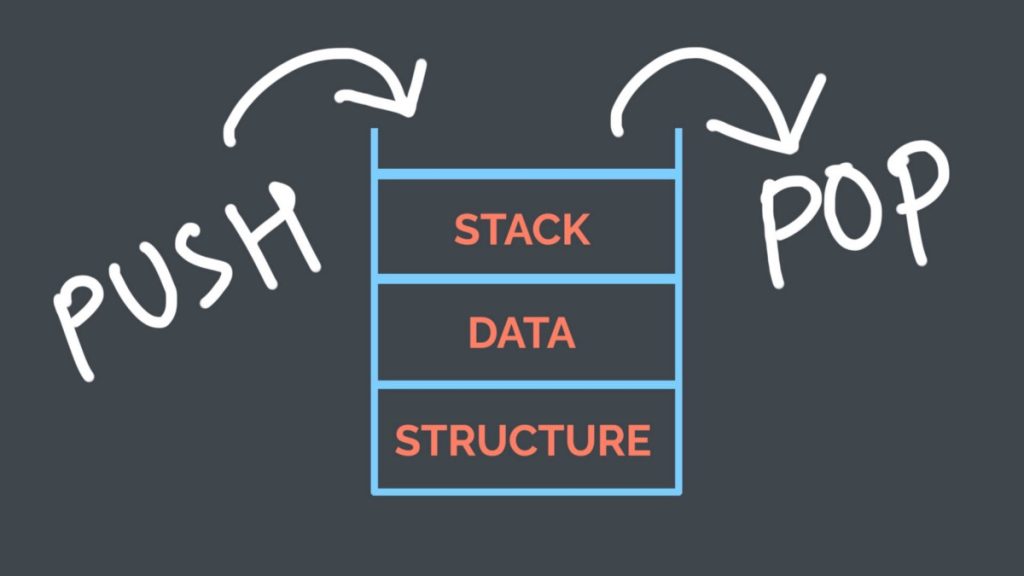Stacks are a type of list in which all inserts and removals happen at one end. Imagine a normal stack of cafeteria trays: to get one, you take it off the top, and to put one on, you pile it on the top. The first tray to be put into the stack is the last one taken off. This can be generalized to this short acronym: Last In, First Out (LIFO).
This is a simple concept, and a stack is really easy to make. Before we make a stack, however, you should learn some standard jargon.
To add an object to the top of a stack is called to push that object onto the stack, and to take an object off the top of the stack is to pop it off the stack. To glance a couple layers down from the top is to peek.
Easy, right? Now, on to the actual code:

This should be pretty straightforward to read. I’ve used a constant size to keep the code relatively simple. This is called a static-implementation of the stack, meaning that the size won’t change after it is initialized. but if you know how to use pointers, you can use dynamic allocation and make the stack size-adjustable. For instance, this is how the apstack class is often implemented.


